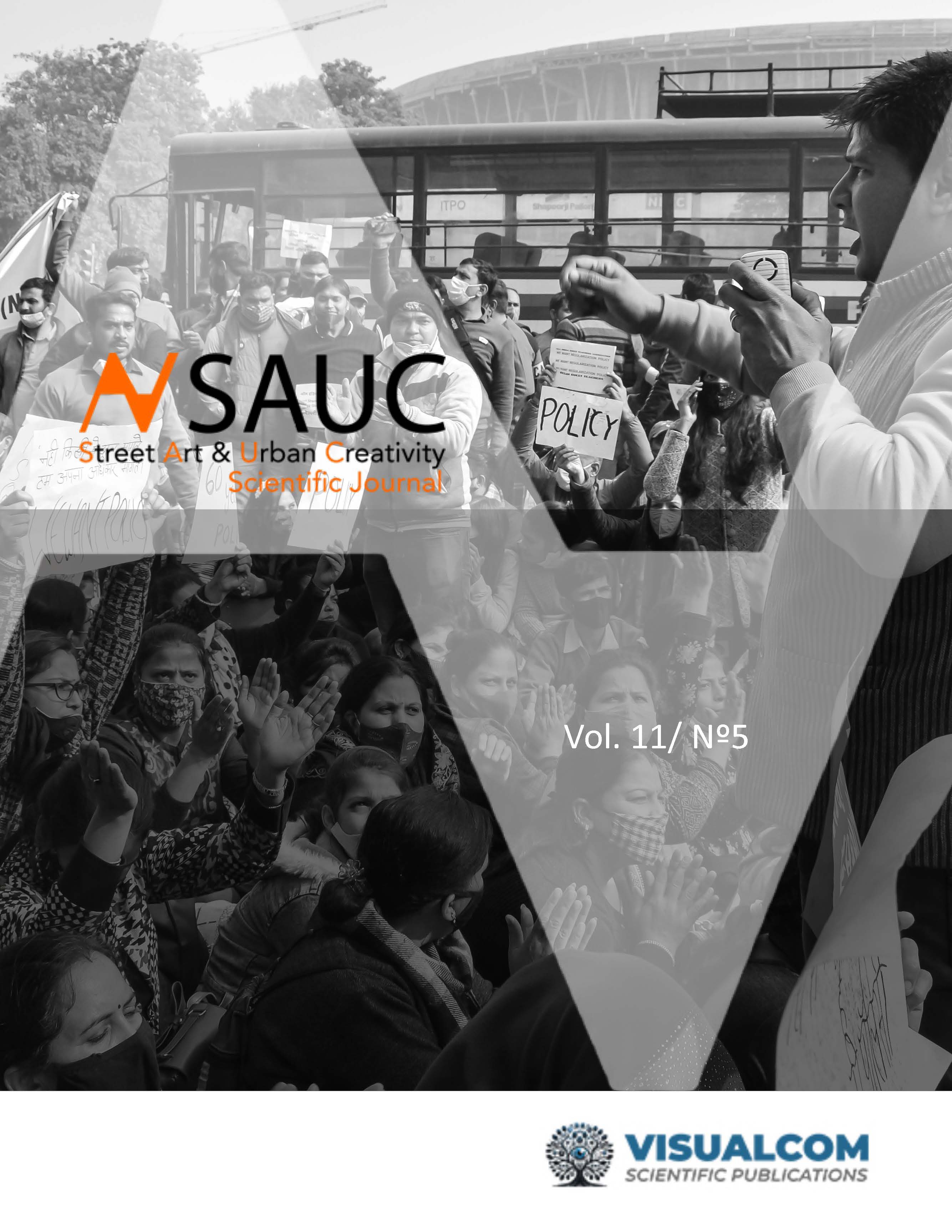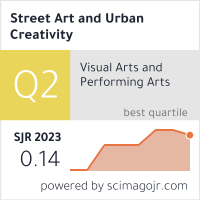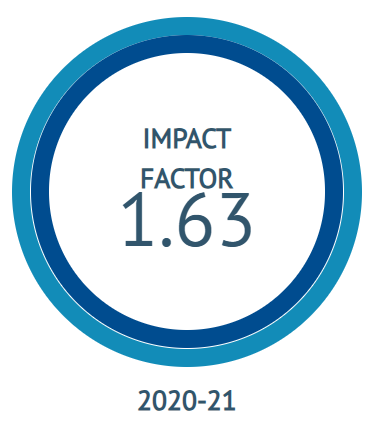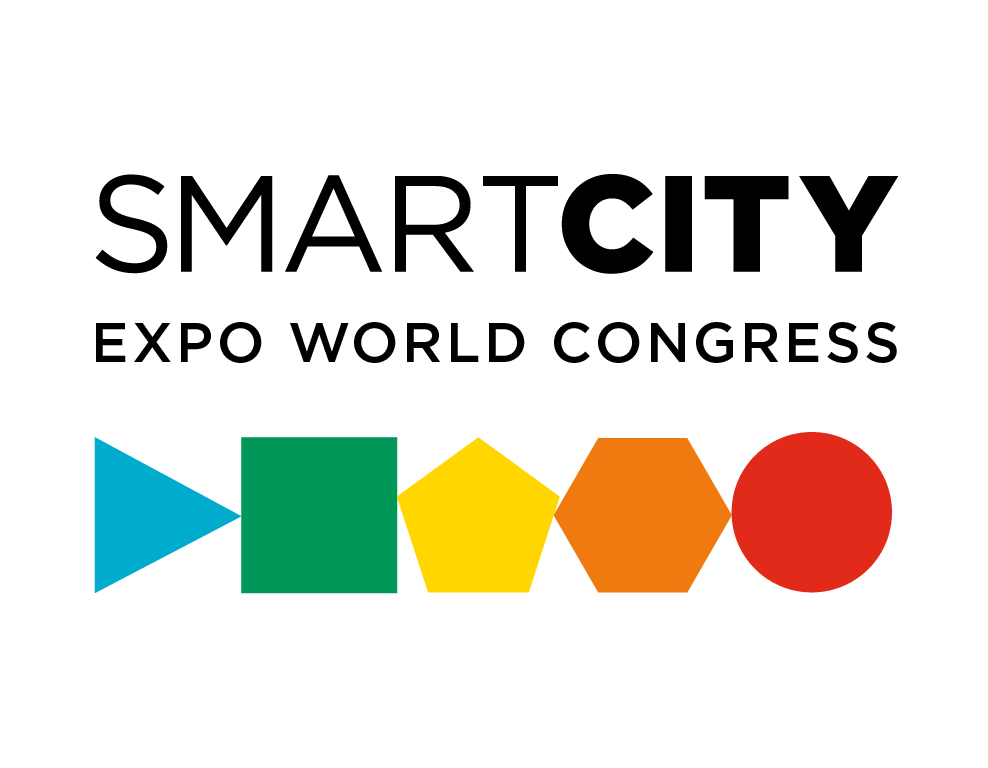Las redes sociales como factor de análisis turístico
Análisis de caso
DOI:
https://doi.org/10.62161/sauc.v11.5816Palabras clave:
Engagement, Social Media, Ciudades, Tourism, InstagramResumen
El turismo es uno de los sectores en que las redes sociales han tenido más impacto, tanto para explorar potenciales destinos por parte de los usuarios como para dejar constancia de sus estancias. Una consecuencia es que los diferentes destinos turísticos han encontrado en su posicionamiento y atractivo en el espacio digital.
Un concepto clave es el de engagement de los usuarios. Este artículo examina la cuenta oficial de turismo de la ciudad de Valencia en Instagram, con 362 post durante el año 2022, las características de éstos —en función de una veintena de parámetros—- y evalúa su capacidad para generar reacciones de los usuarios en términos de like, comment y feedback obtenidos. A partir de ahí se discuten las implicaciones para la estrategia de promoción del atractivo turístico del destino.
Descargas
Estadísticas globales ℹ️
|
1749
Visualizaciones
|
393
Descargas
|
|
2142
Total
|
|
Citas
Abbasi, A. Z., Rather, R. A., Hooi Ting, D., Nisar, S., Hussain, K., Khwaja, M. G., & Shamim, A. (2024). Exploring tourism-generated social media communication, brand equity, satisfaction, and loyalty: A PLS-SEM-based multi-sequential approach. Journal of Vacation Marketing, 30(1), 93-109. https://doi.org/10.1177/13567667221118651
Adamış, E., & Pınarbaşı, F. (2022). Unfolding visual characteristics of social media communication: reflections of smart tourism destinations. Journal of Hospitality and Tourism Technology, 13(1), 34-61. https://doi.org/10.1108/JHTT-09-2020-0246
Ai, J., Lv, X., & Gursoy, D. (2023). Impact of social media posts on travelers’ attitudes and behaviors towards a destination after a natural disaster: moderating role of the source of the post. Journal of Sustainable Tourism, 31(11), 2460-2478. https://doi.org/10.1080/09669582.2020.1831002
Armutcu, B., Tan, A., Amponsah, M., Parida, S., & Ramkissoon, H. (2023). Tourist behaviour: The role of digital marketing and social media. Acta psychologica, 240, 104025. https://doi.org/10.1016/j.actpsy.2023.104025
Arora, A., Bansal, S., Kandpal, C., Aswani, R., & Dwivedi, Y. (2019). Measuring social media influencer index-insights from Facebook, Twitter and Instagram. Journal of retailing and consumer services, 49, 86-101. https://doi.org/10.1016/j.jretconser.2019.03.012
Bonilla-Quijada, M., Tugores-Ques, J., & Olmo-Arriaga, J. L. (2021). Promotion of urban tourism: insights into user engagement on social media. Information Technology & Tourism, 23, 611-632. https://doi.org/10.1007/s40558-021-00213-6
Bonsón, E., Royo, S., & Ratkai, M. (2017). Facebook practices in Western European municipalities: An empirical analysis of activity and citizens’ engagement. Administration & Society, 49(3), 320-347. https://doi.org/10.1177/0095399714544945
Buhalis, D., & Sinarta, Y. (2019). Real-time co-creation and nowness service: lessons from tourism and hospitality. Journal of Travel & Tourism Marketing, 36(5), 563-582. https://doi.org/10.1080/10548408.2019.1592059
Carlson, J., Wyllie, J., Rahman, M. M., & Voola, R. (2019). Enhancing brand relationship performance through customer participation and value creation in social media brand communities. Journal of Retailing and Consumer Services, 50, 333-341. https://doi.org/10.1016/j.jretconser.2018.07.008
Choi, S., Lehto, X. Y., & Oleary, J. T. (2007). What does the consumer want from a DMO website? A study of US and Canadian tourists' perspectives. International journal of tourism research, 9(2), 59-72. https://doi.org/10.1002/jtr.594
Confetto, M. G., Conte, F., Palazzo, M., & Siano, A. (2023). Digital destination branding: A framework to define and assess European DMOs practices. Journal of Destination Marketing & Management, 30, 100804. https://doi.org/10.1016/j.jdmm.2023.100804
Conti, E., & Lexhagen, M. (2020). Instagramming nature-based tourism experiences: A netnographic study of online photography and value creation. Tourism Management Perspectives, 34, 100650. https://doi.org/10.1016/j.tmp.2020.100650
De Rosa, A. S., Bocci, E., & Dryjanska, L. (2019). Social representations of the European capitals and destination e-branding via multi-channel web communication. Journal of destination marketing & management, 11, 150-165. https://doi.org/10.1016/j.jdmm.2017.05.004
de la Calle-Vaquero, M., & García-Hernández, M. (2023). Turistification and Urban Heritage in Spanish Historic Centres: Permanence and Changes in a Long Process. En Spanish Tourism Geographies: Territorial Diversity and Different Approaches (pp. 125-144). Cham: Springer International Publishing. https://doi.org/10.1007/978-3-031-39780-6_7
Encalada-Abarca, L., Ferreira, C. C., & Rocha, J. (2024). Revisiting city tourism in the longer run: an exploratory analysis based on LBSN data. Current Issues in Tourism, 27(4), 584-599. https://doi.org/10.1080/13683500.2023.2182669
Escobar-Rodríguez, T., & Bonsón, E. (2023). Social media engagement in destination marketing: A comparative study of European cities. Journal of Tourism Marketing, 35(3), 288-303.
Fatanti, M. N., & Suyadnya, I. W. (2015). Beyond user gaze: How Instagram creates tourism destination brand? Procedia - Social and Behavioral Sciences, 211, 1089–1095. https://doi.org/10.1016/j.sbspro.2015.11.145
Filieri, R., Lin, Z., Pino, G., Alguezaui, S., & Inversini, A. (2021). The role of visual cues in eWOM on consumers’ behavioral intention and decisions. Journal of Business Research, 135, 663-675. https://doi.org/10.1016/j.jbusres.2021.06.055
Filieri, R., Yen, D. A., & Yu, Q. (2021). # ILoveLondon: An exploration of the declaration of love towards a destination on Instagram. Tourism Management, 85, 104291. https://doi.org/10.1016/j.tourman.2021.104291
Ghosh, P., & Mukherjee, S. (2023). Understanding tourist behaviour towards destination selection based on social media information: an evaluation using unsupervised clustering algorithms. Journal of Hospitality and Tourism Insights, 6(2), 754-778. https://doi.org/10.1108/JHTI-11-2021-0317
Giglio, S., Bertacchini, F., Bilotta, E., & Pantano, P. (2019). Using social media to identify tourism attractiveness in six Italian cities. Tourism management, 72, 306-312. https://doi.org/10.1016/j.tourman.2018.12.007
Grunig, J. E., & Hunt, T. (1984). Managing public relations. Holt, Rinehart and Winston.
Gulfraz, M. B., Sufyan, M., Mustak, M., Salminen, J., & Srivastava, D. K. (2022). Understanding the impact of online customers’ shopping experience on online impulsive buying: A study on two leading E-commerce platforms. Journal of Retailing and Consumer Services, 68, 103000. https://doi.org/10.1016/j.jretconser.2022.103000
Gupta, V., Sajnani, M., Dixit, S. K., & Khanna, K. (2022). Foreign tourist's tea preferences and relevance to destination attraction in India. Tourism Recreation Research, 47(4), 428-442. https://doi.org/10.1080/02508281.2020.1841376
Hasan, M., & Sohail, M. S. (2021). The influence of social media marketing on consumers’ purchase decision: investigating the effects of local and nonlocal brands. Journal of International Consumer Marketing, 33(3), 350-367. https://doi.org/10.1080/08961530.2020.1795043
Hollebeek, L. D. (2018). Individual-level cultural consumer engagement styles: Conceptualization, propositions and implications. International Marketing Review, 35(1), 42-71. https://doi.org/10.1108/IMR-07-2016-0140
Huaman-Ramirez, R., Merunka, D., & Maaninou, N. (2023). Destination personality effects on tourists’ attitude: the role of self-congruity and ambiguity tolerance. Journal of Strategic Marketing, 31(1), 74-98. https://doi.org/10.1080/0965254X.2021.1874488
Hudson, S., Huang, L., Roth, M. S., & Madden, T. J. (2016). The influence of social media interactions on consumer- brand relationships: a three- country study of brand perceptions and marketing behaviors. International Journal of Research in Marketing, 33, 27-41. https://doi.org/10.1016/j.ijresmar.2015.06.004
Ibrahim, B., & Aljarah, A. (2024). The role of social media marketing activities in driving self–brand connection and user engagement behavior on Instagram: a moderation–mediation approach. European Journal of Innovation Management, 27(5), 1723-1742. https://doi.org/10.1108/EJIM-08-2022-0452
Jia, X., Alvi, A. K., Nadeem, M. A., Akhtar, N., & Zaman, H. M. F. (2022). Impact of perceived influence, virtual interactivity on consumer purchase intentions through the path of brand image and brand expected value. Frontiers in Psychology, 13, 947916. https://doi.org/10.3389/fpsyg.2022.947916
Kamboj, S., & Sharma, M. (2023). Social media adoption behaviour: Consumer innovativeness and participation intention. International Journal of Consumer Studies, 47(2), 523-544. https://doi.org/10.1111/ijcs.12848
Kim, S., Lee, H., & Park, J. (2024). The visual economy of travel: Instagram as a tool for destination engagement. Tourism Management, 90, 104-115.
Kiráľová, A., & Pavlíčeka, A. (2015). Development of social media strategies in tourism destination. Procedia-Social and Behavioral Sciences, 175, 358-366. https://doi.org/10.1016/j.sbspro.2015.01.1211
Krämer, N. C., Neubaum, G., Winter, S., Schaewitz, L., Eimler, S., & Oliver, M. B. (2021). I feel what they say: The effect of social media comments on viewers’ affective reactions toward elevating online videos. Media Psychology, 24(3), 332-358. https://doi.org/10.1080/15213269.2019.1692669
Krippendorff, K. (1980). Content analysis: An introduction to its methodology. Sage Publications.
Kumar, V., & Pansari, A. (2016). Competitive advantage through engagement. Journal of marketing research, 53(4), 497-514. https://doi.org/10.1509/jmr.15.0044
Kusumowidagdo, A., Ujang, N., Rahadiyanti, M., & Ramli, N. A. (2023). Exploring the sense of place of traditional shopping streets through Instagram’s visual images and narratives. Open House International, 48(1), 2-22. https://doi.org/10.1108/OHI-01-2022-0009
Low, M. S. (2017). The characteristics and impact of translated tourist brochures (Master’s thesis, Nanyang Technological University). Nanyang Technological University Repository. http://hdl.handle.net/10356/72428
Mariani, M., Baggio, R., Fuchs, M., & Höepken, W. (2018). Business intelligence and big data in hospitality and tourism: a systematic literature review. International Journal of Contemporary Hospitality Management, 30(12), 3514-3554. https://doi.org/10.1108/IJCHM-07-2017-0461
Munar, A. M., & Jacobsen, J. K. S. (2022). Co-creation of tourist experiences through social media: The role of user-generated content in destination engagement. Annals of Tourism Research, 88, 103-119.
Page, S. J., & Duignan, M. (2023). Progress in Tourism Management: Is urban tourism a paradoxical research domain? Progress since 2011 and prospects for the future. Tourism Management, 98, 104737. https://doi.org/10.1016/j.tourman.2023.104737
Pike, S., & Page, S. J. (2014). Destination Marketing Organizations and destination marketing: A narrative analysis of the literature. Tourism management, 41, 202-227. https://doi.org/10.1016/j.tourman.2013.09.009
Priporas, C. V., Stylos, N., & Fotiadis, A. K. (2019). Generation Z consumers' expectations of interactions in smart retailing: A future agenda. Computers in Human Behavior, 77(1), 374-381. https://doi.org/10.1016/j.chb.2017.01.058
Rather, R. A., & Hollebeek, L. D. (2021). Customers’ service-related engagement, experience, and behavioral intent: Moderating role of age. Journal of Retailing and Consumer Services, 60, 102453. https://doi.org/10.1016/j.jretconser.2021.102453
Rather, R. A., & Sharma, J. (2019). Dimensionality and consequences of customer engagement: A social exchange perspective. Vision, 23(3), 255-266. https://doi.org/10.1177/0972262919850923
Rodríguez‐Pose, A., & Hardy, D. (2021). Reversal of economic fortunes: Institutions and the changing ascendancy of Barcelona and Madrid as economic hubs. Growth and Change, 52(1), 48-70. https://doi.org/10.1111/grow.12421
Sano, K., Sano, H., Yashima, Y., & Takebayashi, H. (2024). The effects of temporal distance and post type on tourists' responses to destination marketing organizations’ social media marketing. Tourism Management, 101, 104844. https://doi.org/10.1016/j.tourman.2023.104844
Sheldon, P., & Bryant, K. (2016). Instagram: Motives for its use and relationship to narcissism and contextual age. Computers in human Behavior, 58, 89-97. https://doi.org/10.1016/j.chb.2015.12.059
Sigala, M., Gretzel, U., & Zeng, B. (2023). Digital tourism in the post-pandemic era: Leveraging social media for destination recovery. Tourism Review, 78(1), 44-59.
Statista (2024, May 22). Instagram: Number of global users 2020- 2025. https://www.statista.com/statistics/183585/instagram-number-of-global-users/
Stepchenkova S., & Zhan F. (2013). Visual Destination Images of Peru: Comparative Content Analysis of DMO and User-Generated Photography. Tourism Management, 36, 590-601. https://doi.org/10.1016/j.tourman.2012.08.006
Tugores-Ques, J., & Bonilla-Quijada, M. (2023). A touristic tale of four cities on Instagram. Journal of Vacation Marketing, 29(1), 54-70. https://doi.org/10.1177/13567667221078246
Tugores-Ques, J., Bonilla-Quijada, M., & Ripoll-i-Alcon, J. (2023). Promotion of urban tourism: an analysis of customer engagement on Instagram in two Spanish cities. En Handbook of Customer Engagement in Tourism Marketing (pp. 86-98). Edward Elgar Publishing. https://doi.org/10.4337/9781802203943.00015
Vivek, S. D., Beatty, S. E., Dalela, V., & Morgan, R. M. (2014). A generalized multidimensional scale for measuring customer engagement. Journal of marketing theory and practice, 22(4), 401-420. https://doi.org/10.2753/MTP1069-6679220404
Xiang, Z., Magnini, V. P., & Fesenmaier, D. R. (2023). Smart tourism and digital engagement: Insights from social media research. International Journal of Information Management, 68, 102517.
Zaib Abbasi, A., Hussain, K., Kaleem, T., Rasoolimanesh, S. M., Rasul, T., Ting, D. H., & Rather, R. A. (2023). Tourism promotion through vlog advertising and customer engagement behaviours of generation Z. Current Issues in Tourism, 26(22), 3651-3670. https://doi.org/10.1080/13683500.2022.2144156
Zeng, B., & Gerritsen, R. (2023). Social Media in Tourism and Hospitality. En The Cambridge Handbook of Cyber Behavior. Cambridge University Press.
Descargas
Publicado
Cómo citar
Número
Sección
Licencia
Derechos de autor 2025 Los autores/as conservan los derechos de autor y ceden a la revista el derecho de la primera publicación y el derecho de edición

Esta obra está bajo una licencia internacional Creative Commons Atribución-SinDerivadas 4.0.
Los autores/as que publiquen en esta revista aceptan las siguientes condiciones:
- Los autores/as conservan los derechos de autor.
- Los autores/as ceden a la revista el derecho de la primera publicación. La revista también posee los derechos de edición.
- Todos los contenidos publicados se regulan mediante una Licencia Atribución/Reconocimiento-SinDerivados 4.0 Internacional. Acceda a la versión informativa y texto legal de la licencia. En virtud de ello, se permite a terceros utilizar lo publicado siempre que mencionen la autoría del trabajo y a la primera publicación en esta revista. Si transforma el material, no podrá distribuir el trabajo modificado.
- Los autores/as pueden realizar otros acuerdos contractuales independientes y adicionales para la distribución no exclusiva de la versión del artículo publicado en esta revista (p. ej., incluirlo en un repositorio institucional o publicarlo en un libro) siempre que indiquen claramente que el trabajo se publicó por primera vez en esta revista.
- Se permite y recomienda a los autores/as a publicar su trabajo en Internet (por ejemplo en páginas institucionales o personales), una vez publicado en la revista y citando a la misma ya que puede conducir a intercambios productivos y a una mayor y más rápida difusión del trabajo publicado (vea The Effect of Open Access).













